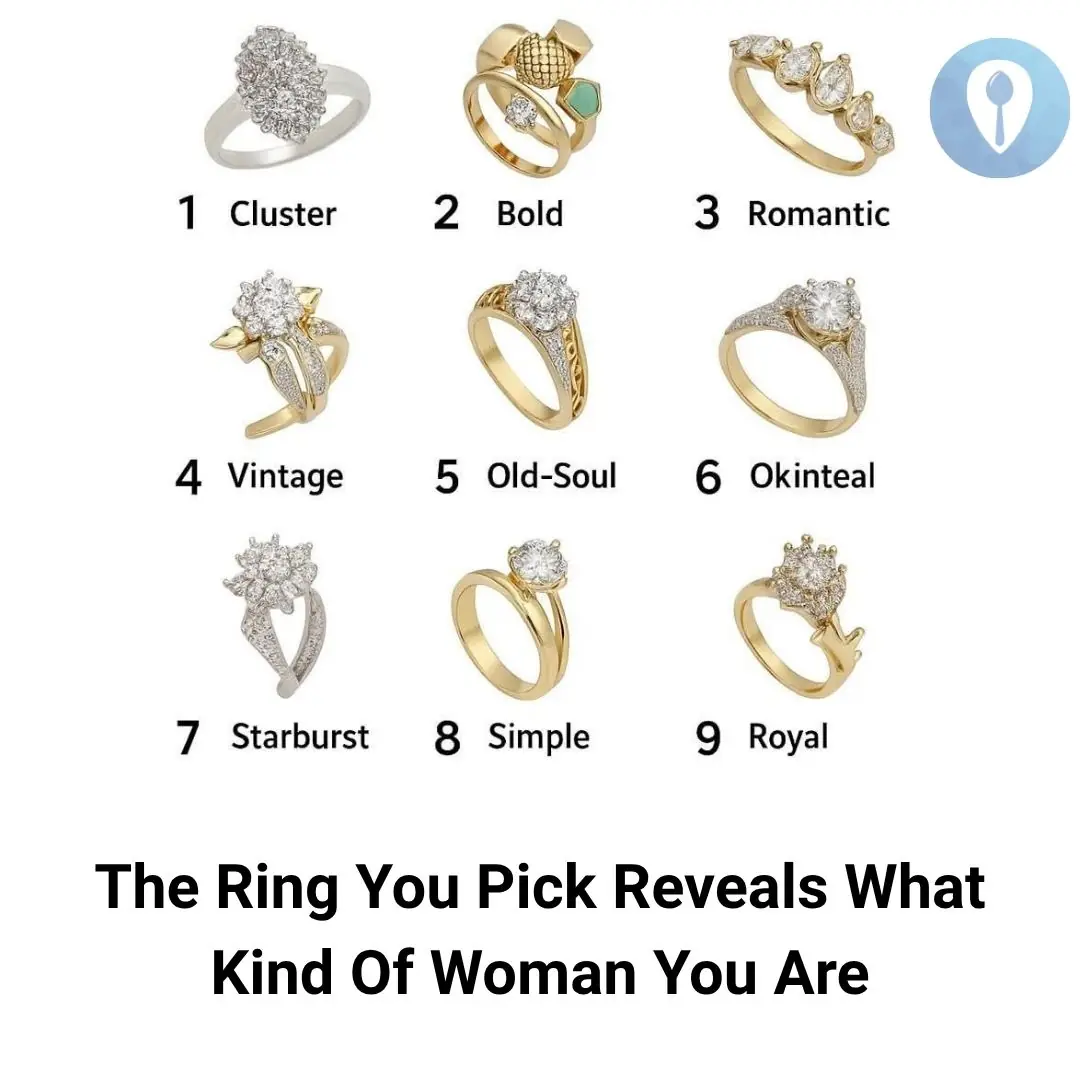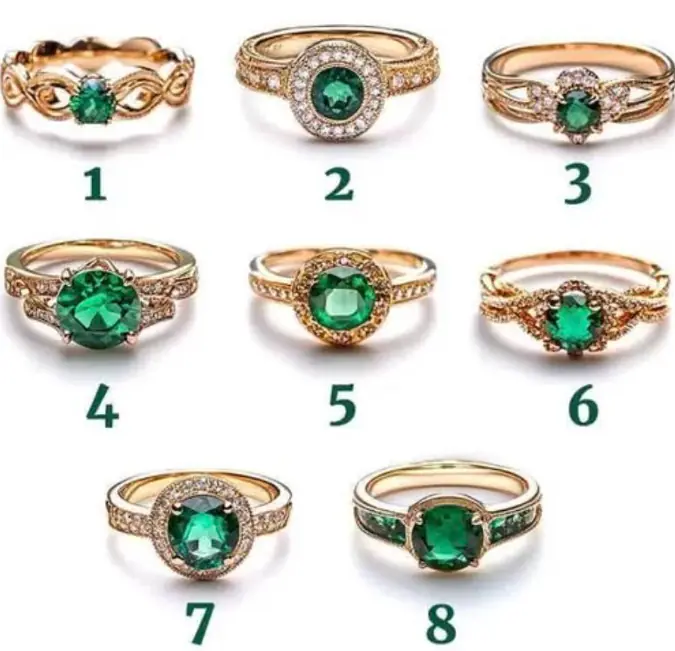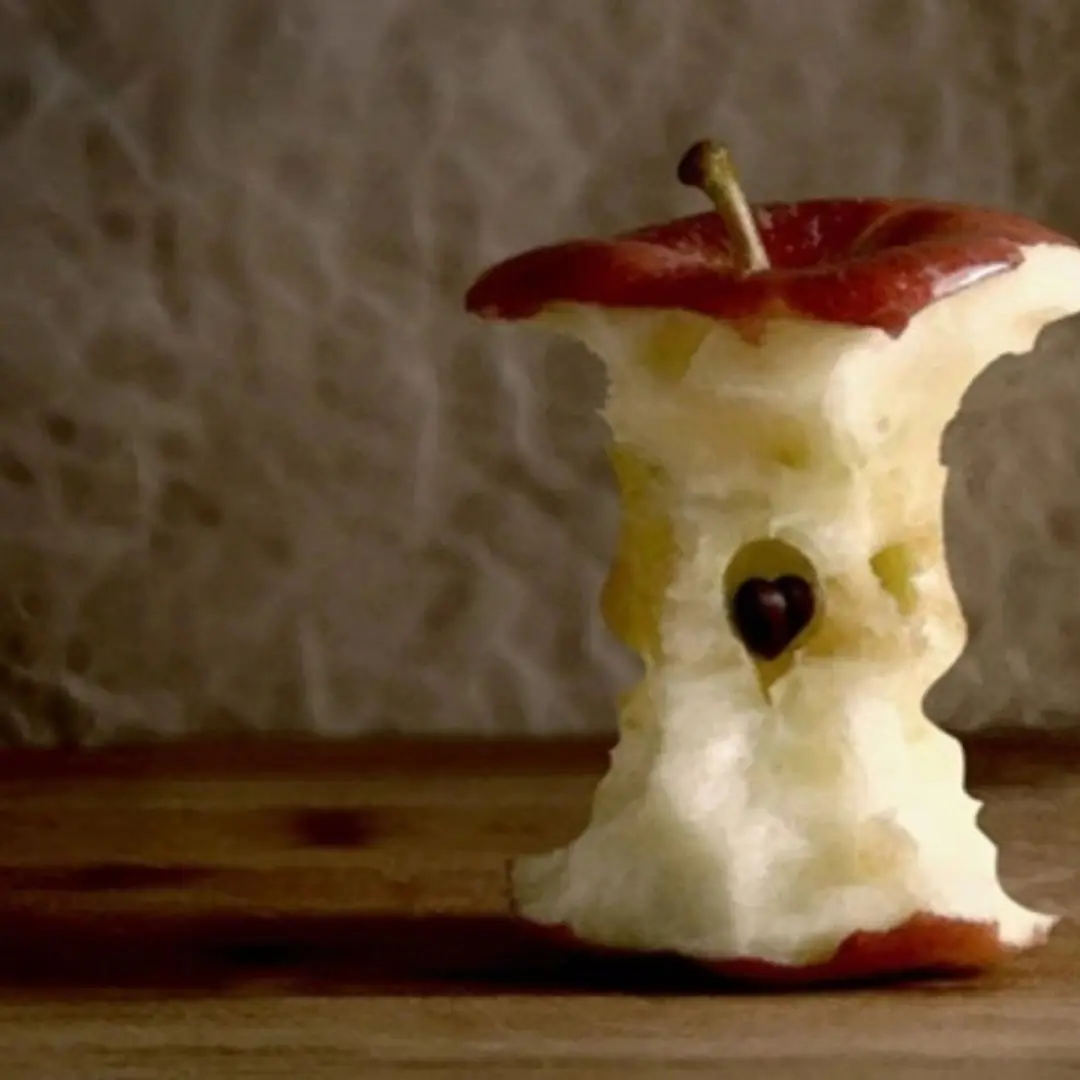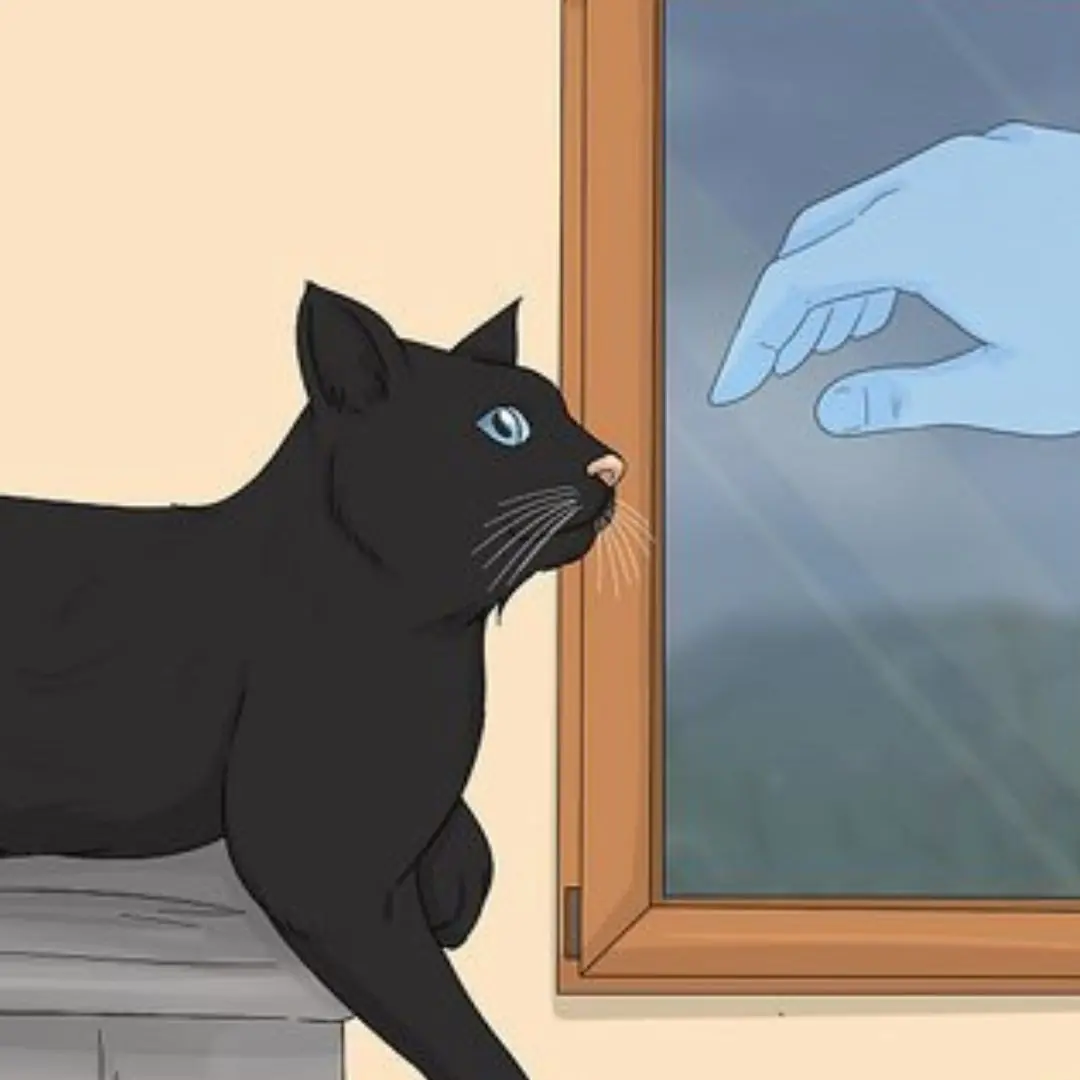
Strange Blue Banana That Naturally Tastes Like Vanilla Ice Cream
A photo on the Internet of a strange blue banana variety that seems to be a photoshop product, but turns out to be real.

The Blue Java banana variety initially made many people skeptical because of its strange blue color. This is not a photoshop product, this banana variety is real.
The most special thing about Blue Java is that it tastes exactly like vanilla ice cream. That's right, the original flavor without any processing or preparation of this banana is described as vanilla ice cream. The texture of ripe Blue Java bananas is soft and smooth like ice cream, just lacking coldness. The banana flavor is rich in vanilla and natural sweetness. Some people use a blender to blend frozen bananas and have vanilla ice cream without needing a second ingredient.
According to analysis from biologists, the areas with many of these banana varieties are Central America and Southeast Asia. Although it is a tropical fruit, this banana is very cold-resistant, as long as there is enough sunlight.
Amazon has now started selling seeds of this banana for those who want to try growing it, you can refer here.
News in the same category


If you know what this is, you had a very wild chilhood

What Animal You See First Will Reveal Your Anger Trigger

This key only opens one of the five cars — can you guess which one?

People Are Desperately Searching for It — But Only a Few Know Where to Find It!

The ring you pick will reveal your truest trait

What your leg shape might reveal about your personality?

Most of you can't find the frog hiding in the picture, what about you?

Son took his mother to a nursing home and only visited her from time to time

Ring Finger Length Reveals Interesting Personality Traits

What is the total weig.ht of the 3 animals?

You only have 5 seconds! Where is the frog hiding, do you see?

Where is the 4th cat?

Squint your eyes and guess what animals are hiding behind these illusions

Only 1% of people guess correctly this fruit associated with childhood – are you one of them?

Can you spot the two ch.il.dren hidden in the picture?

I spotted 10 ducks—did you get the same number?

Look at the shape of your nose to predict your destiny and fortune for life

Only people with outstanding thinking can find the answer!

What Is the Spiritual Significance of a Black Cat?
News Post

Washing dishes this way is no different from “taking poi.son”: 4 wrong habits many families are making

Why many people place their suitcase in the bathtub right after checking into a hotel room

Australia discovers a “switch” that helps can.cer cells evade the immune system

Cooking Certain Fruits Can Enhance Their Nutrients, Helping Improve Skin Health and Support Disease Prevention

Why You Should Embrace Purslane in Your Garden: 8 Compelling Reasons

The purple leaf plant: More than just a pretty face but also have unexpected uses

This is why your p.r.i.v.a.t.e parts smell like rotten fish

5 foods that stay fresher when stored outside the fridge

Maple Glazed Chicken with Crispy Bacon

Doctors warn heart fai.lure de.aths are rising: These 4 habits should be stopped immediately

Eggplant is the "king of vegetables" but these 4 groups of people should absolutely avoid it

Meaning of wearing a ring on the left and right thumb

Foot Massage: 8 Powerful Pressure Points That Help Heal the Body Naturally

7 Beautiful, Fragrant Plants That Naturally Repel Mosquitoes

Why You Might Wake Up Between 3 and 5 AM Every Night — And What It Could Mean

Do You Keep Waking Up at Night to Urinate? Here’s What It Could Mean

Can.cer Doesn’t Happen by Chance: 3 Foods That Quietly Fuel Malignant Cells

A 41-Year-Old Woman Discovers Sto.mach Can.cer from Digestive Symptoms Many People Often Overlook

People with Colorectal Can.cer Often Share 4 Habits — Hopefully You Don’t Have Any of Them
